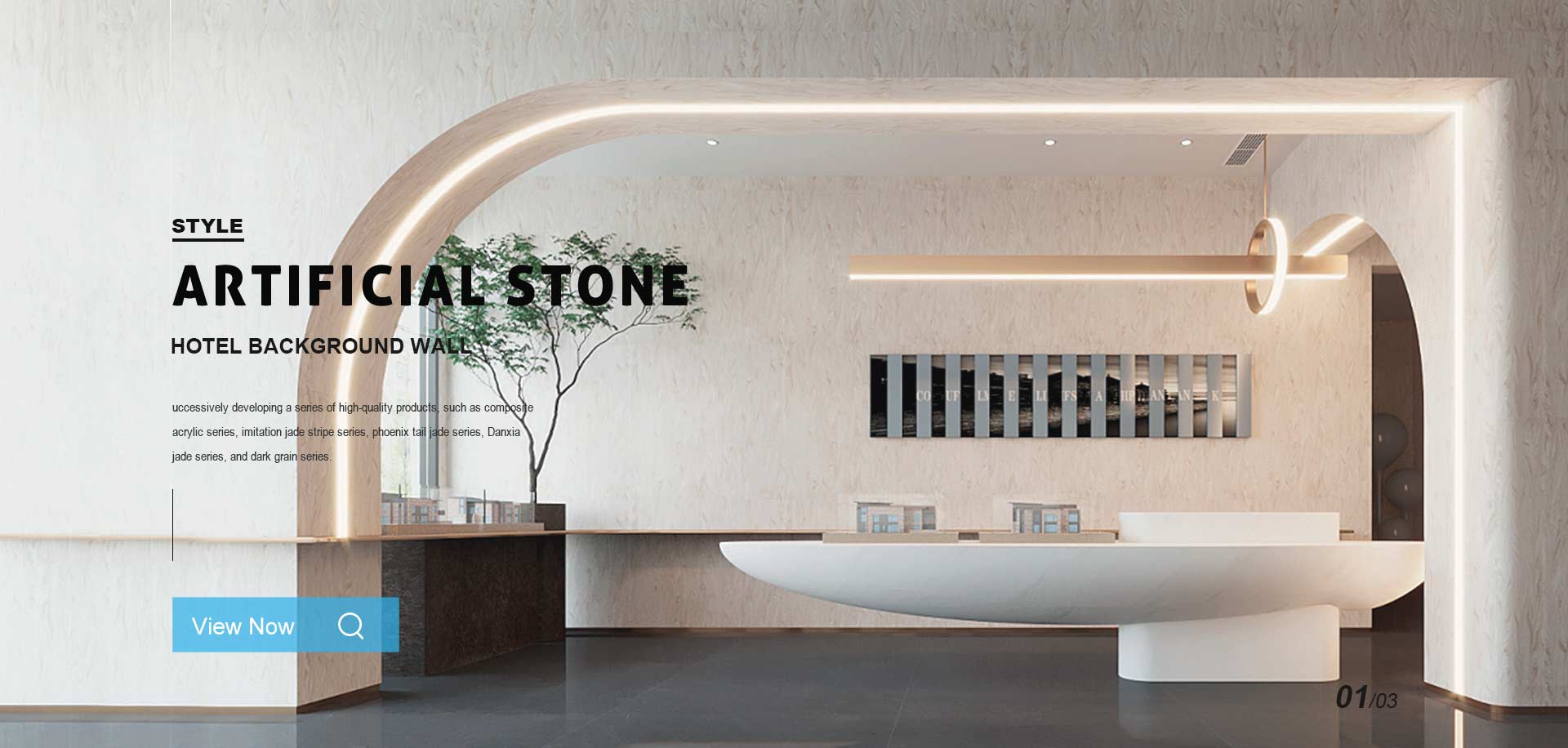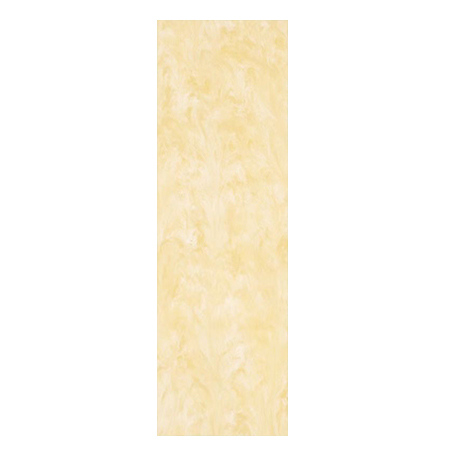
Artificial Translucent Stone creates a translucent, durable, and customizable stone-like material that is commonly used for countertops, wall panels, and other decorative applications. Artificial Translucent Stone created through a combination of natural materials and resins. The general process involves the following steps:
1. Material Selection:
The process begins with selecting high-quality natural materials such as quartz, marble chips, or other aggregates. These materials are chosen for their appearance, durability, and texture.
2. Mixing:
The selected natural materials are mixed with a resin binder. The resin acts as a binding agent, holding the materials together and providing strength and stability to the final product. Pigments may also be added at this stage to achieve desired colors or patterns.
3. Molding:
The mixture of natural materials and resin is poured into a mold or sheet to create the desired shape and size of the translucent stone. The mold may be customized to achieve unique designs or textures.
4. Compression and Curing:
The mixture is then compressed under high pressure to remove air bubbles and enhance the material's density. After compression, the stone is cured in a controlled environment to allow the resin to harden and bond the materials together.
5. Cutting and Finishing:
Once the translucent stone slab has cured, it is cut into individual pieces or panels according to specific requirements. The edges are then shaped, polished, and buffed to achieve a smooth and refined finish.
6. Quality Control:
The finished Artificial Translucent Stone undergoes rigorous quality control inspections to ensure it meets required standards for strength, appearance, and durability. This includes checking for any imperfections, inconsistencies, or defects.
7. Installation:
The Artificial Translucent Stone can be installed using various methods depending on the application. It is commonly used for interior applications such as countertops, wall panels, flooring, and decorative elements.

Artificial translucent stone offers a number of advantages compared to natural stone, including increased durability, stain resistance, and color consistency. Additionally, it provides designers and architects with a wider range of customization options due to its manufacturing process.